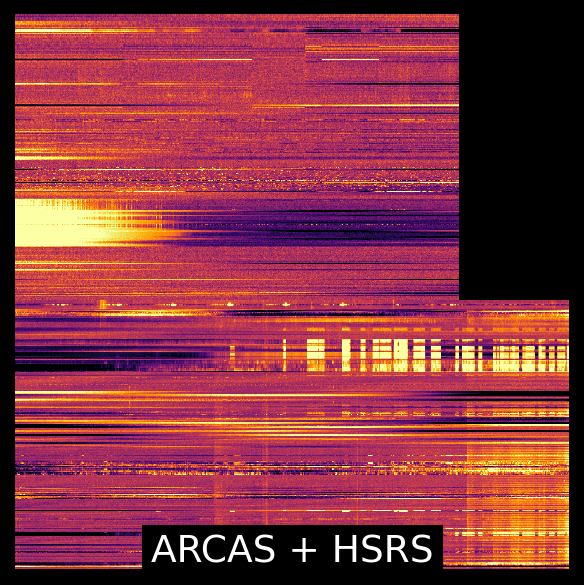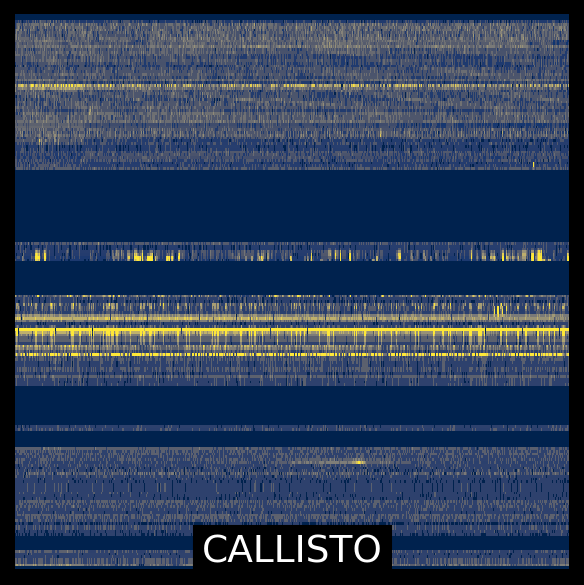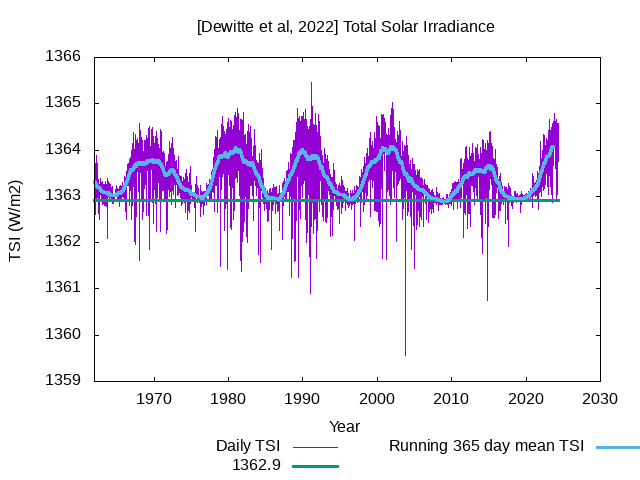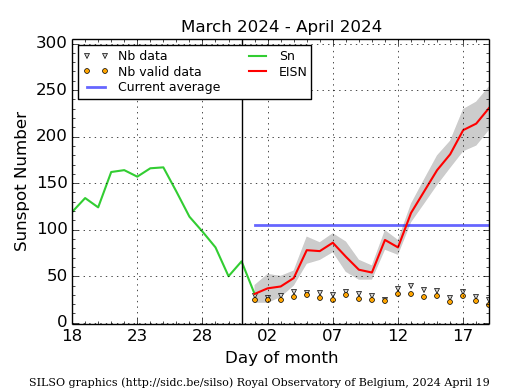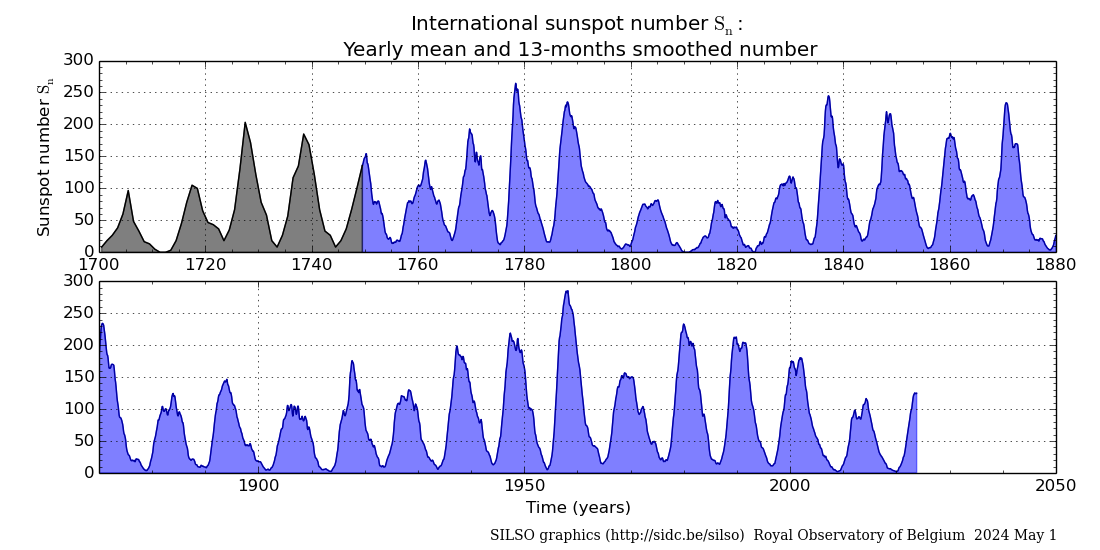Geomagnetic conditions reached severe to extreme storm levels (NOAA Kp and K BEL 8 to 9) globally and locally starting from 15:00 UTC and 19:00 UTC on May 11, respectively. This was due to the arrival of three interplanetary coronal mass ejections (ICMEs) associated to CMEs observed on May 08-09 (produced by NOAA AR 3664). Currently, both globally and locally, we have extreme storm levels. We expect severe to extreme storm levels in the coming days due to the possible arrival of few more ICMEs associated to CMEs observed on May 09-10 (produced by NOAA AR 3664). High speed streams, originating from two coronal holes that crossed the central meridian on May 08, are also expected to impact the Earth in the coming days.
In the last 24 hours, the Earth came under the influence of multiple interplanetary coronal mass ejections (ICMEs) arrival. A shock was detected in the solar wind data around 16:42 UTC on May 10. The interplanetary magnetic field jumped from 4 nT to 44 nT, the solar wind speed jumped from 460 km/s to 700 km/s and the solar wind density at the shock increased from 5/cm3 to 30/cm3. The shock is related to the first ICME arrival, which is associated to one of the CMEs that were observed on May 08. Around 21:39 UT on May 10, another shock-like structure was observed possibly related to arrival of second ICME. We were expecting three ICME arrivals related to CMEs observed on May 08-09, and possibly all ICMEs have arrived. The solar wind speed increased as high as 800 km/s. The North-South component (Bz) ranged between -50 nT and 62 nT. The interplanetary magnetic field ranged from 3 nT to 73 nT. Highly enhanced solar wind parameters associated with arrival of few more ICMEs (CMEs observed on May 09-10, produced by NOAA AR 3664) and high speed streams originating from two coronal holes, which crossed the central meridian on May 08, are expected in the next 24 hours.

